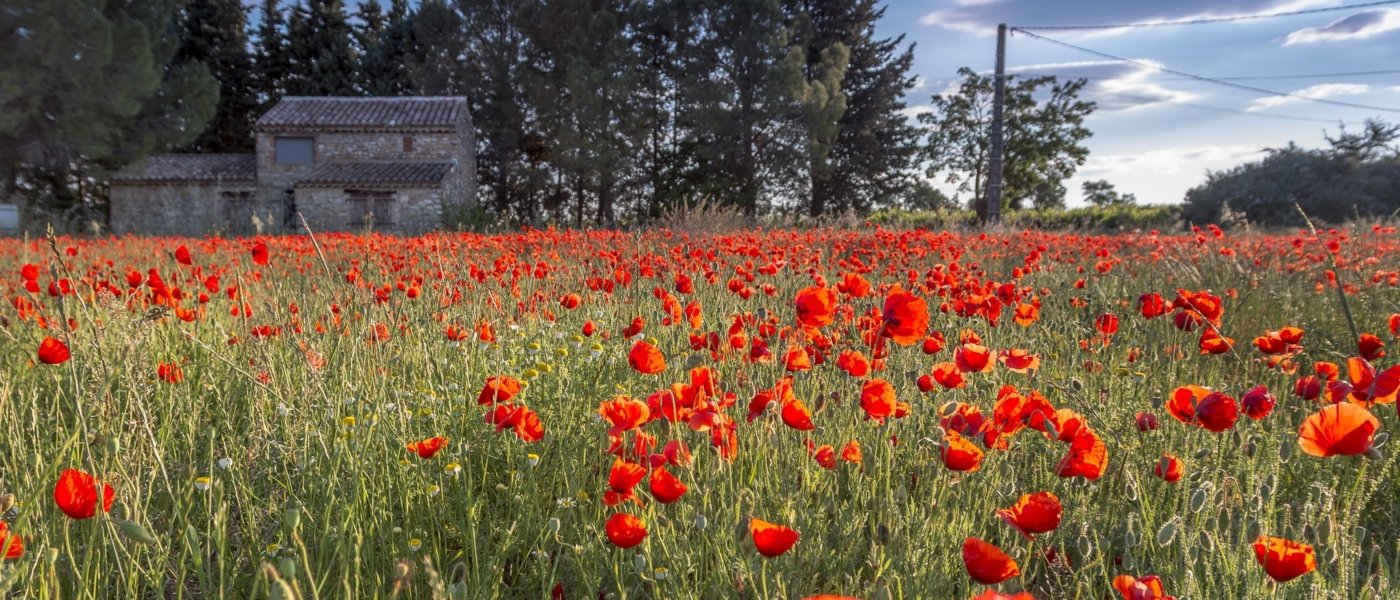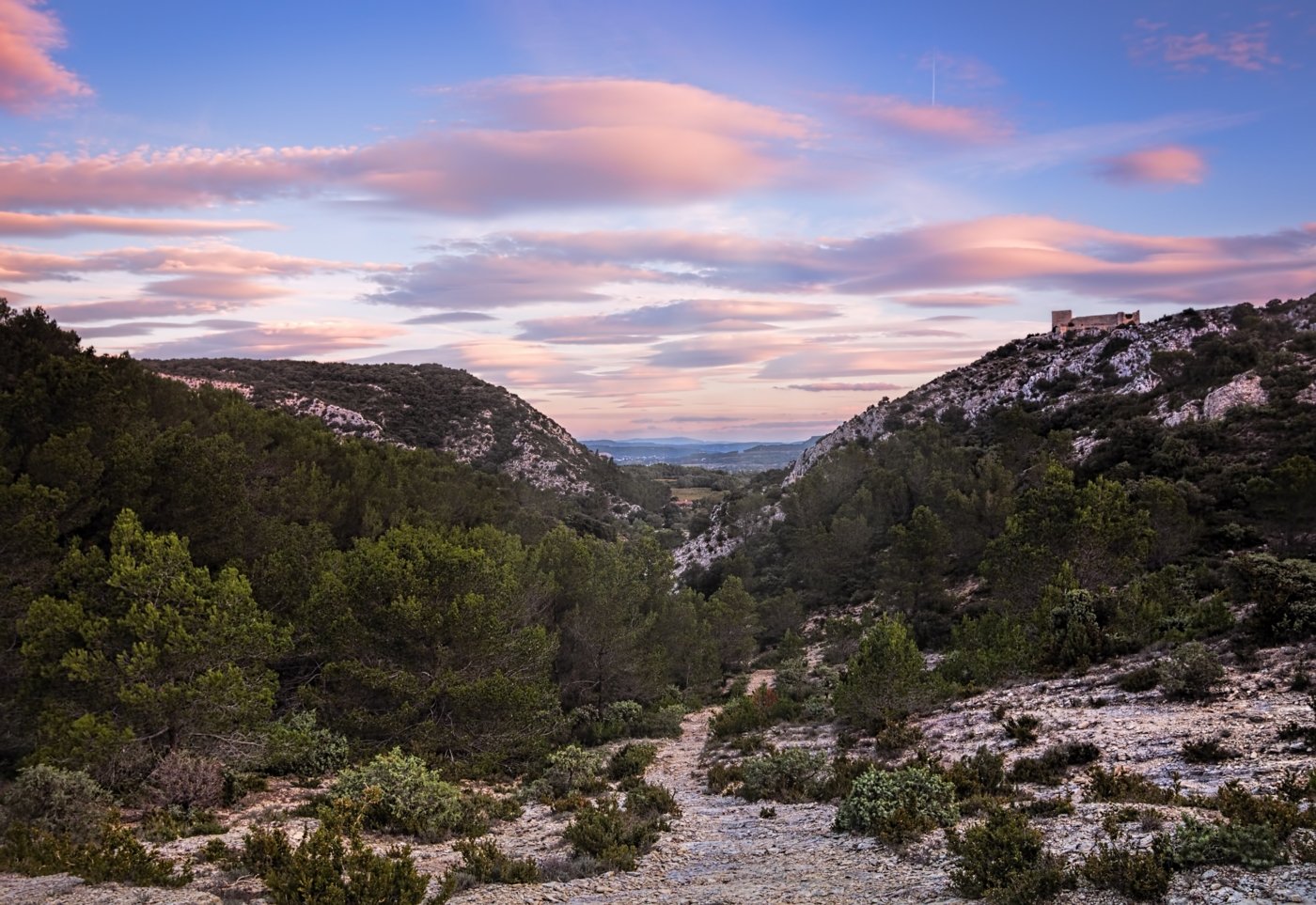Languedoc wine was traditionally associated with the mass production of average wines, but the region has enjoyed a unique transformation to become firmly established on France’s quality wine mapAs the double-barrelled name suggests, Languedoc and Roussillon were once independent regions in their own right. And, although they have been classed together, the pair share different geography and cultures; Languedoc is a quintessentially French region located on the coastal plains, while Roussillon settles on the clifftops or foothills of the Pyrenees and carries more Spanish and Catalan influences.
The Languedoc Roussillon wine region also claims an average of 300 days of sunshine per year, while its 300,000 hectares of vineyards are scattered across some of France’s most beautiful, virginal countryside – making it an ideal destination for wine tourists.
At Wine Paths, our local experts can organise exclusive Languedoc Roussillon wine tours that can include elaborate tastings, luxury stays, fine dining experiences and unique activities across the region. The best time to visit the Languedoc wine region is between mid-April and mid-October when the sun-kissed Mediterranean climate is at its finest. All of our tours can be tailor-made to meet your exact specifications, ensuring every detail is taken care of so that you can relax and enjoy sampling some of the wine Languedoc has to offer.
The wines of Languedoc are all about blends, with vineyards in the region often described as ‘patchwork’ since they permit so many different grape varieties to share the same space – and most producers make wines from blends as opposed to single varietals. Most wines from Languedoc fall under vin ordinaire (table wine) and vins de pays (country wine) classifications, although there are smaller AOC appellations producing better quality grapes for premium wines.
Languedoc red wine from these appellations are usually made from rich, full-bodied blends using Shiraz, Grenache, Mourvedre or Carignan – a traditional Spanish grape that has shed its poor reputation courtesy of more careful farming.
Although less prolific, there are also many Languedoc white wine grape varieties local to the region, including Picpoul and Grenache Blanc. And, Rhone varieties such as Viognier, Marsanne and Roussane have recently been introduced to raise white Languedoc wine standards in the region. Pale Languedoc rose wine can be produced from the same red and white varieties above, while appellations in Roussillon allow rose blends using Grenache Gris. The wines of Languedoc also include naturally sweet vins doux naturels that have been fortified with brandy, with whites made from a variety of Muscat grapes while red fortified wines use Grenache.
And, a little-known fact of the Languedoc wine region is that the first sparkling wines were produced here in Limoux during the 13th century – Dom Perignon is said to have learned the secret from Saint Hilaire monks during a visit before returning the recipe to Champagne. The Cremant de Limoux is made using the same methode traditionnelle as Champagne, using a blend of Mauzac, Chardonnay and Chenin Blanc before ageing for a year on the lees.
If you're interested in one of our Languedoc Wine Tours, please visit this link.






